*** Proof of Product ***
Exploring the Essential Features of “Mixing Techniques – Richard Earnshaw”
About This Course
Looking at a track he has mixed for BBE Records, as well as a work in progress, Richard dives into the art of mixing, looking at various dynamic processes you can carry out to make instruments sit well together, such as additive & subtractive EQ, stereo imaging, mixing kick & bass, compression, reverb & delays + more.
You will learn:
- What is additive EQ
- What is subtractive EQ
- Ways of using these EQ functions
- Stereo Imaging
- Mid/Side EQ
- Mixing kick and bass
- Sidechaining
- Compression
Lessons:
1. Additive & Subtractive EQ
The difference between additive and subtractive EQ. Subtractive EQ is great for detailed changes and is a much warmer approach to EQing your music, Additive EQ adds gain to the bandwidth selected, try keep this as broad as possible to avoid pops and harsh harmonics becoming the focus in your mix.
2. Stereo Imaging
A look at Mid Side EQ, nowadays imaging softwares like Izotope Stereo Imager can carry out these functions, albeit less precise than manual mid-side EQing, which can be done in Ableton & Logic’s stock EQ plug-in.
He answers the questions:
- What tracks would you use imaging softwares on?
- How do you balance kick and bass?
3. Kick & Bass
Dance music is all about the kick and bass relationship. Richard talks about sidechaining and softwares that can carry out sidechaining like Nicky Romero Kickstart. He discusses other dynamic VSTs like multiband compression, and recommends the Sonarworks Room Correction software as a vital mixing tool.
He answers the question on what is the difference between a stereo master and stem master.
4. Compression
As a rule of thumb, RIchard would always bus his tracks together. Ie all drums will be bussed to one channel, as would the backing vocals and melodic instruments. Richard starts off with the API-2500 compressor from waves and talks about SUMMING and creating Track Stacks.
5. Track Playback
Looking at an afro style house track, Richard gives us a preview of how this mixed and mastered track sounds.
6. Drum Bussing
Richard busses all his drums into one return channel, he uses compression from the API-2500, slight saturation from the Virtual Tape Machine and RC24
7. Reverb & Delay
The 2 essential spatial mix effects. Richard discusses ways of creating percieved loudness as oppose to heavy limiting. He uses Echoboy and Valhalla Room Reverb and avoids using the same reverb on every drum channel.
8. Work in Progress
Richard shows us a track he is currently working on, again looking at drum busses, backing vocal treatment and track summing. He discusses how to make a sample bass instrument sound as realistic as possible.
9. Vocals
The track in this session is heavy on the background vocals, Richard discusses ways he would treat a vocal in his session, using sidechain techniques with Nicky Romero Kickstart. He talks on the importance of the positioning of effects in your effect rack, while discussing useful vocal plugins like Vocal Strip by SSL, Multiband compression using Fab Filter Pro MB and the Sonarworks Reference 4.
10. Live Q&A
Do you write the track first and mix later, or mix as you go?
Are there any specific processing effects you could recommend for bass?
Do you put anything on the master buss when your sending it to be mastered?
Meet Your Teacher
Richard Earnshaw
A classically trained jazz musician, producer, DJ, remixer, songwriter, co-founder of the iCulture brand and Duffnote, One51, Guess Record labels, Richard has been nothing short of prolific when it comes to output, having featured on a long list of labels including Soulfuric, Defected, Large, Reel People Music, Groove Culture, Salted Music, Purple Music, MoreHouse, Swing City, Peppermint Jam, Hed Kandi, Ministry of Sound, Sony Music and many more.
Under his various collaborations and pseudonyms Richard has co-written, produced and remixed some of the industry’s great icons and isn’t exactly short of his own personal musical achievements working with and including the likes of Roy Ayres, Jocelyn Brown, Ursula Rucker, Natasha Watts and Kenny Thomas on his own original material…securing his place as a regular name on radio and dancefloors the world over. This consistency has not been confined to the studio. With club and stage performances all over the world for some of the most prominent clubs and promotions in the industry, a reminder of Richard’s musical foundations most evident with the blending of DJing and live instrumental performance.
Richard’s love affair with radio began in 2008 with his very first show/podcast – Sugar Soul which ultimately morphed into the establishment of iCulture Radio. Coupled with the ever popular iCulture events in London and Europe, Richard now joins the Mi-Soul station with his unique approach to musical entertainment.
For Richard Earnshaw, music is a passion, a joy a fundamental necessity of life
“…it is a privilege, humbling to know that by creating and performing music, you’re telling a story, letting people into your life, providing an insight into the way you tick, an emotional connection, escapism from every day toil, where people can immerse themselves in music, in song and forget all demands of life, even if only for a short time…”
Please see the full list of alternative group-buy courses available here: https://lunacourse.com/shop/

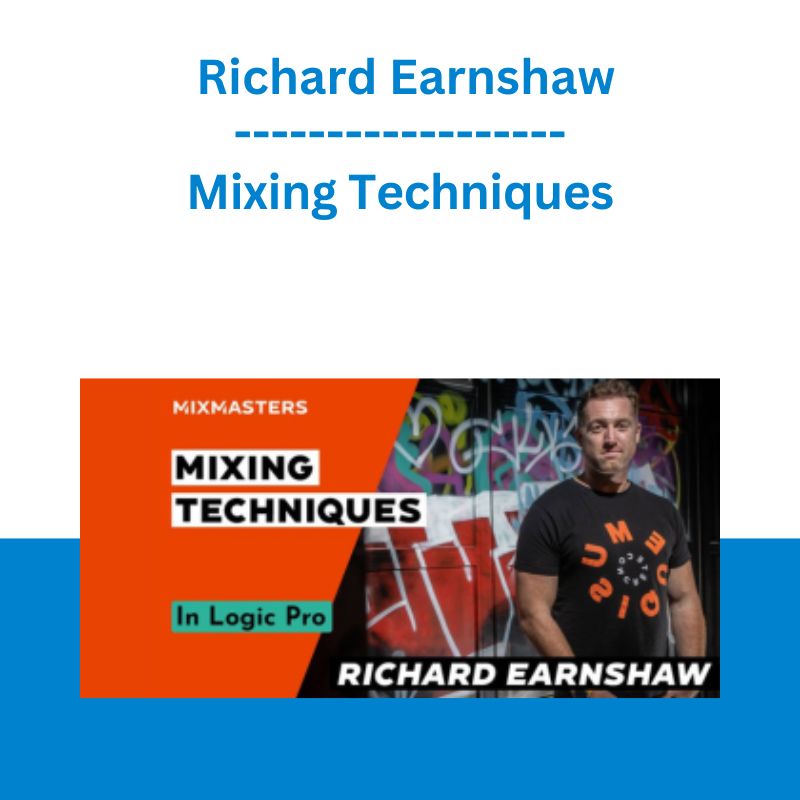

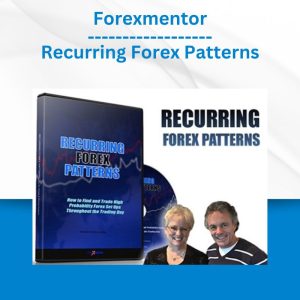
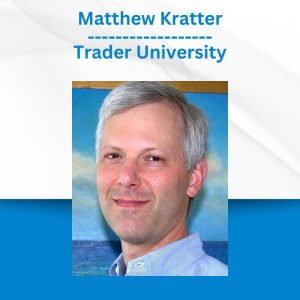
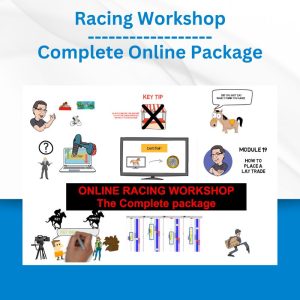
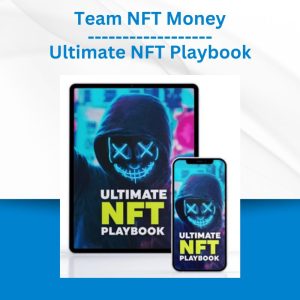
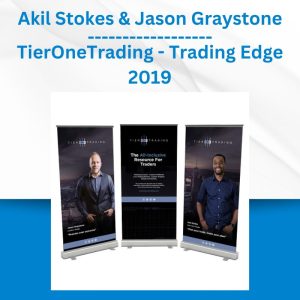

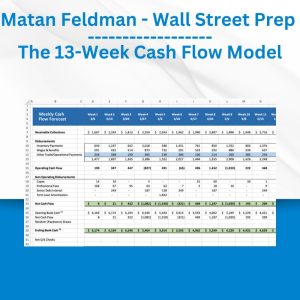
 Crypto Dan - The Crypto Investing Blueprint To Financial Freedom By 2025
Crypto Dan - The Crypto Investing Blueprint To Financial Freedom By 2025  Toshko Raychev - Profit System + ITF Assistant
Toshko Raychev - Profit System + ITF Assistant  Jesse Livermore Trading System - Joe Marwood
Jesse Livermore Trading System - Joe Marwood 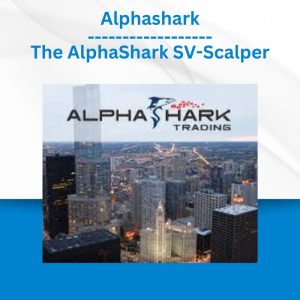 Alphashark - The AlphaShark SV-Scalper
Alphashark - The AlphaShark SV-Scalper  Greg Loehr - Advanced Option Trading With Broken Wing Butterflies
Greg Loehr - Advanced Option Trading With Broken Wing Butterflies 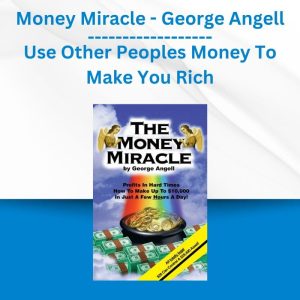 Money Miracle - George Angell - Use Other Peoples Money To Make You Rich
Money Miracle - George Angell - Use Other Peoples Money To Make You Rich  Oliver Velez - Essential Strategy Of Trade For Life
Oliver Velez - Essential Strategy Of Trade For Life